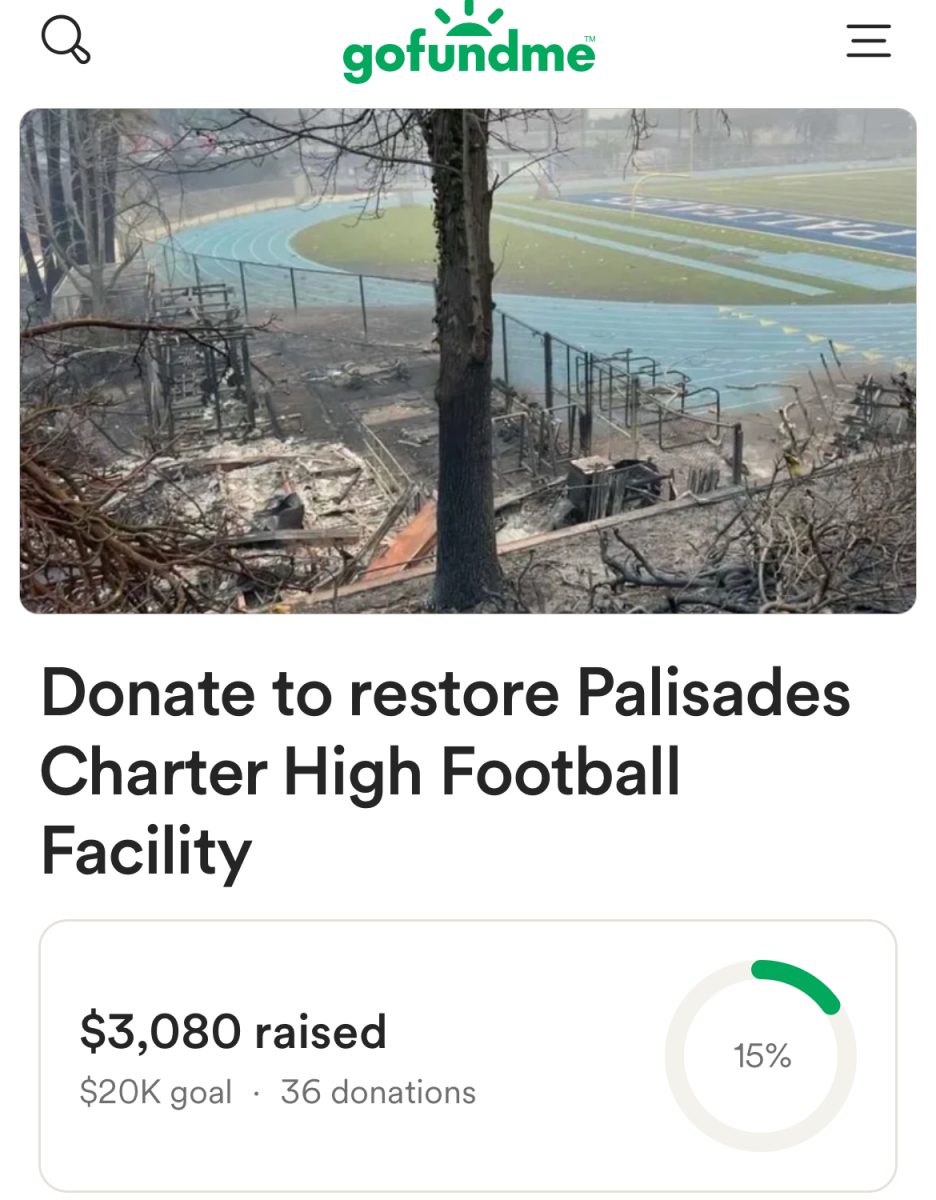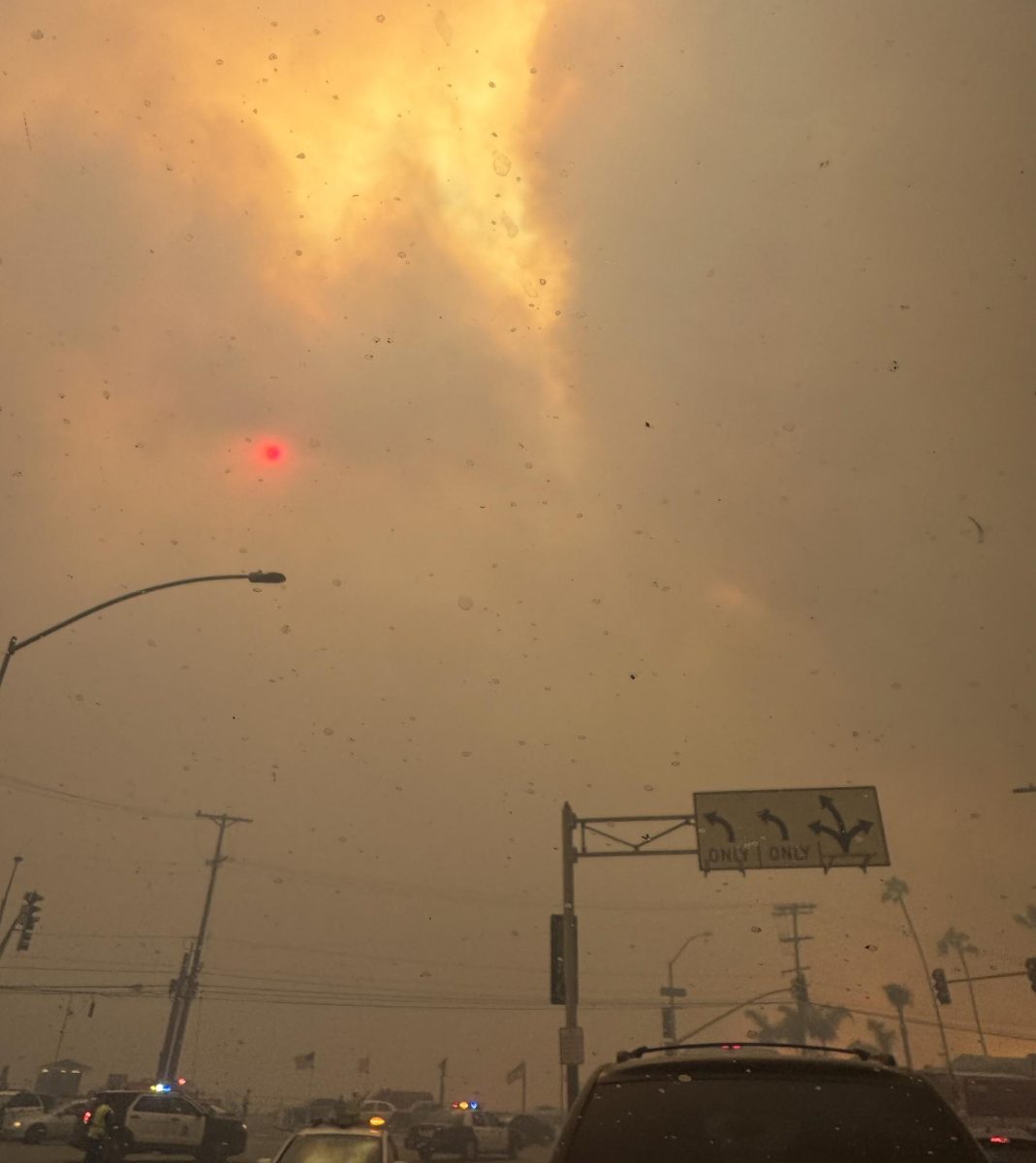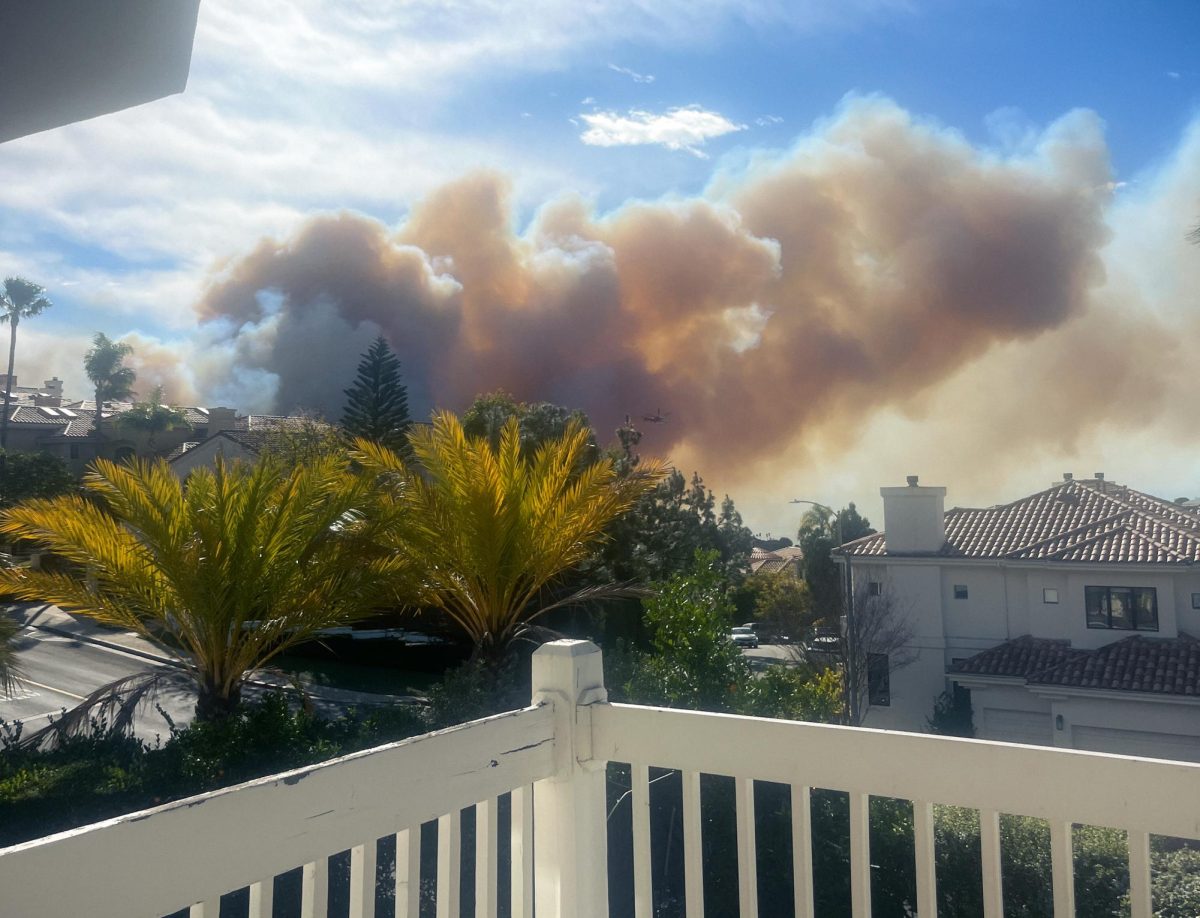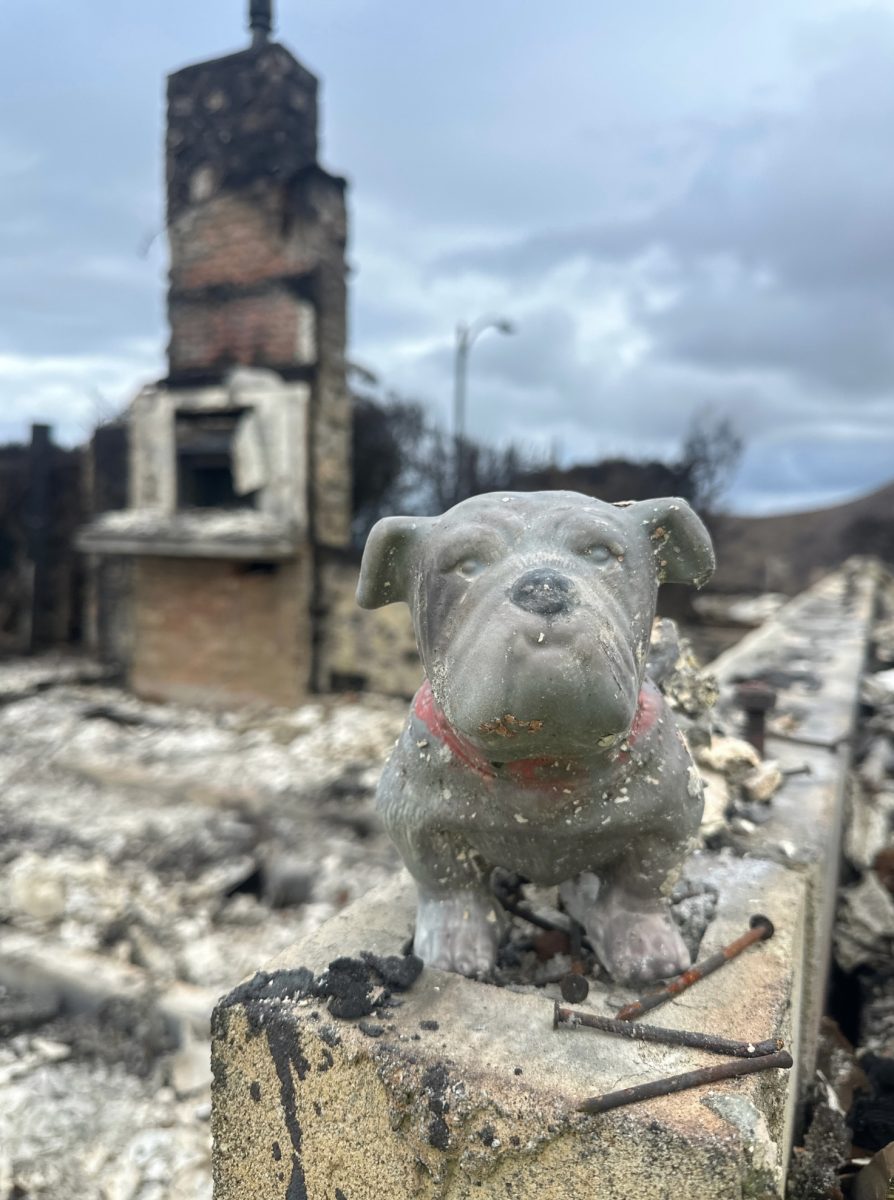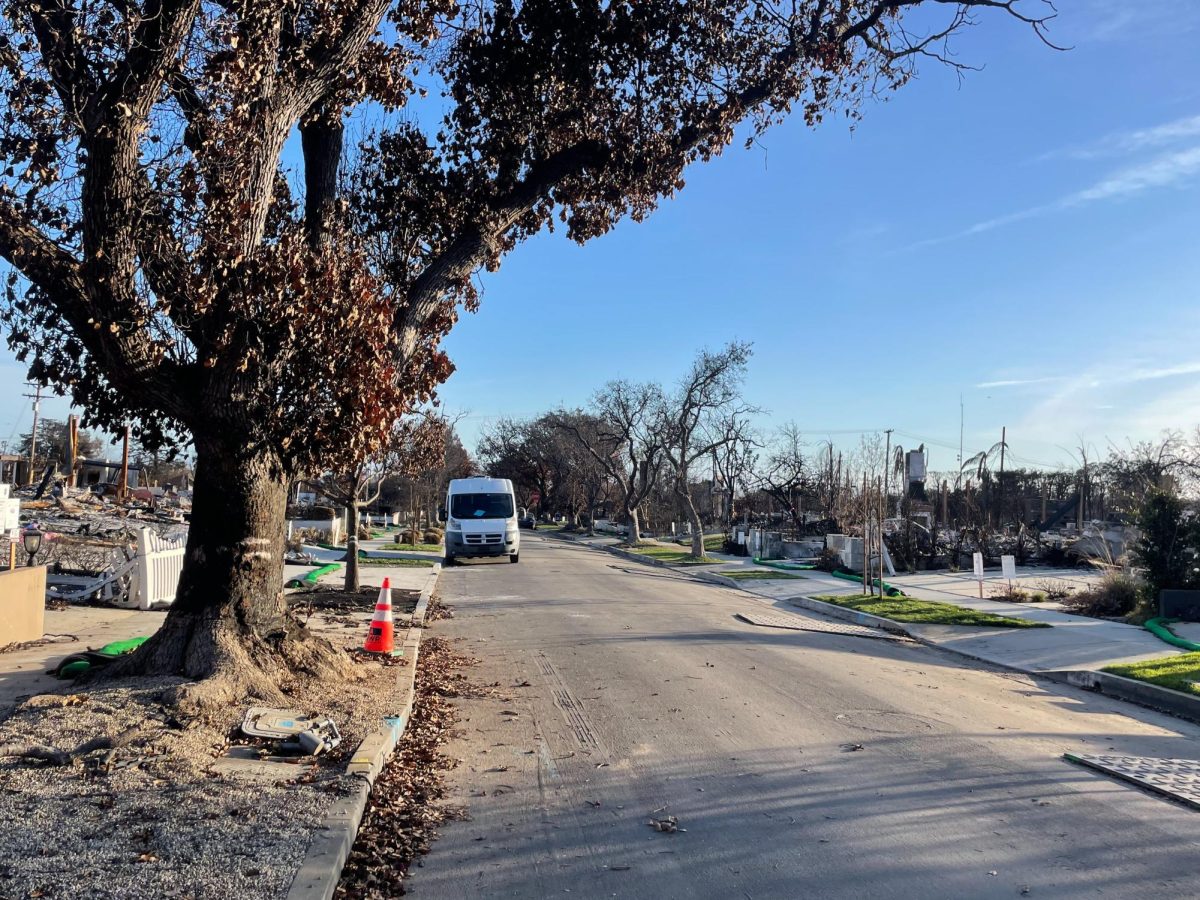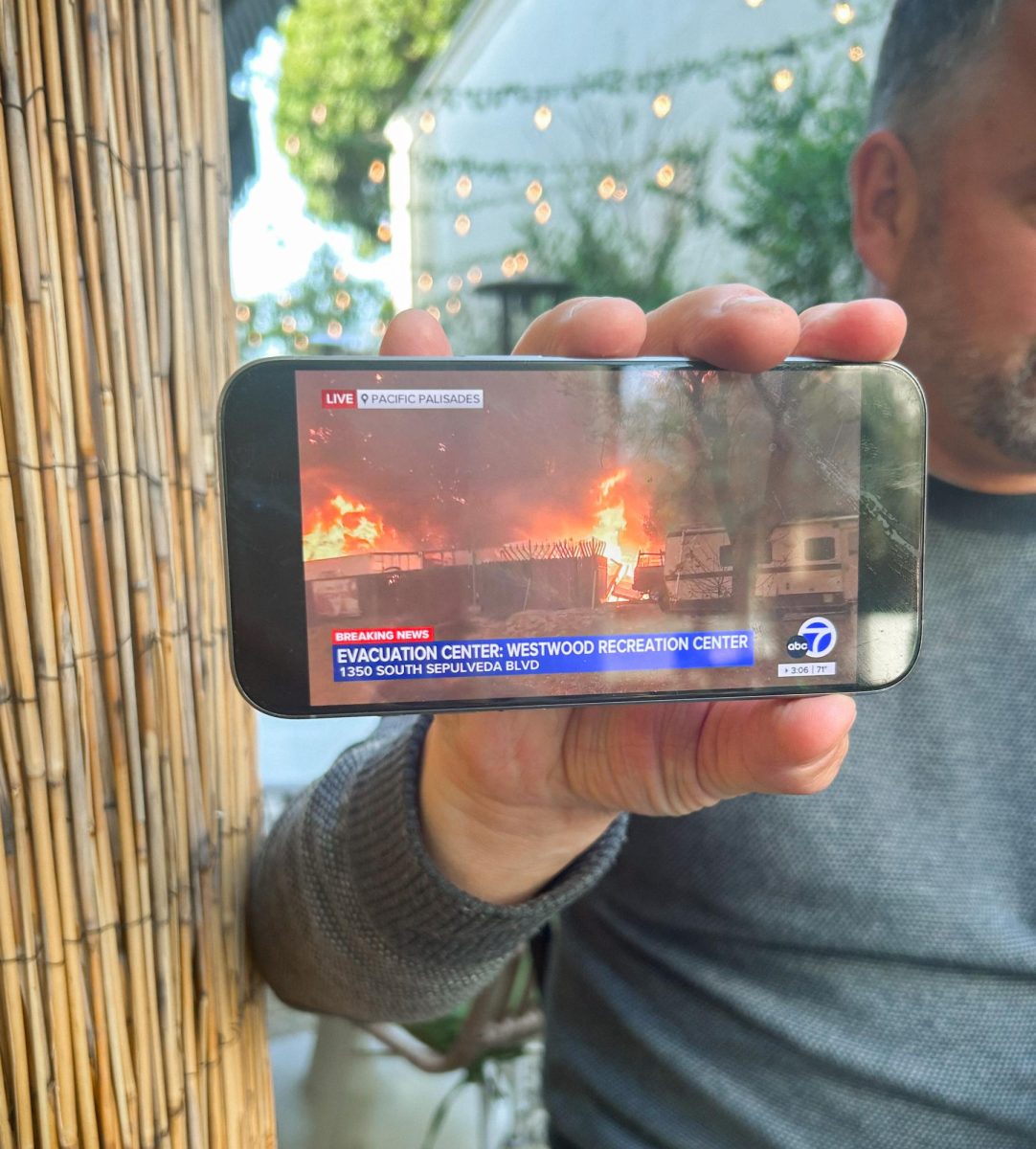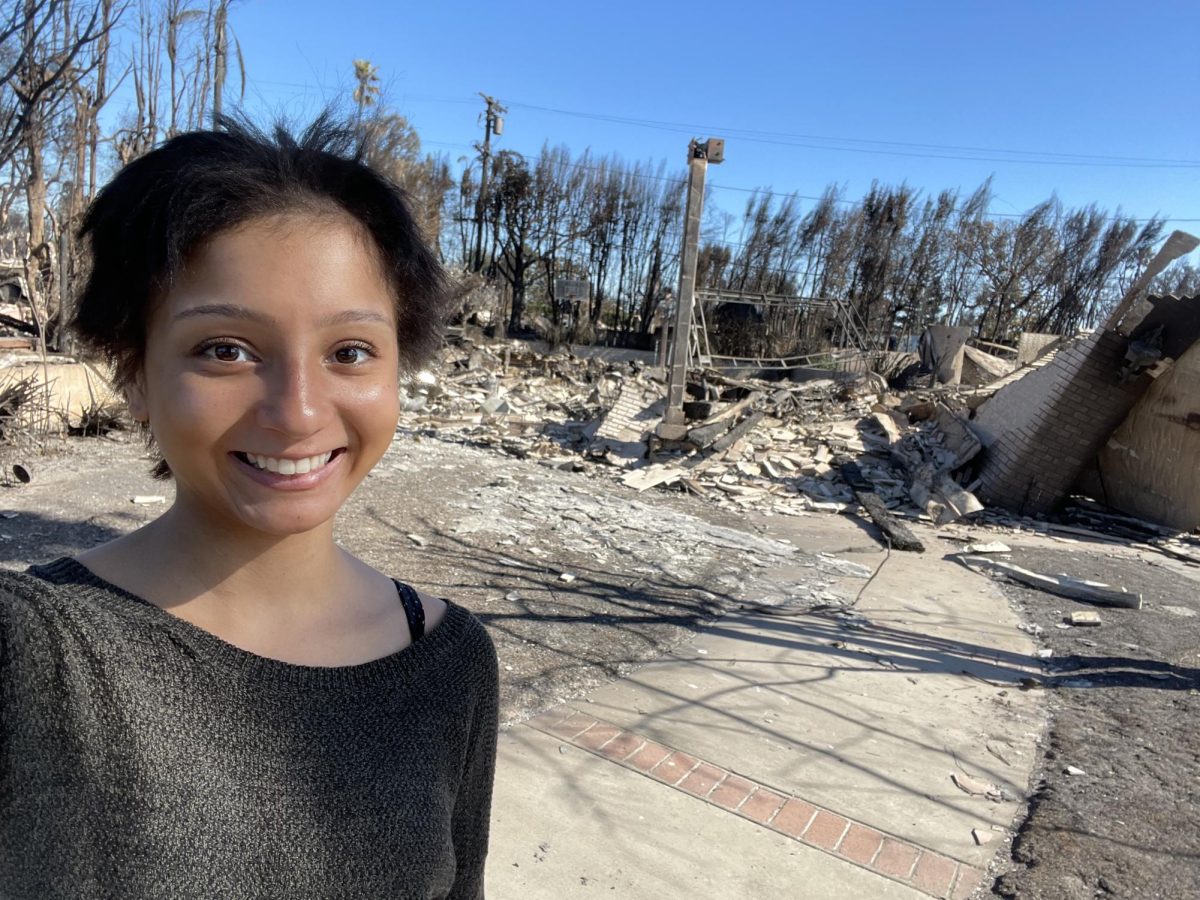Parents, Staff Learn About Dangers of Fentanyl
February 8, 2023
More than 100,000 people died of drug overdose in 2022, with 67 percent of those deaths connected to synthetic opioids such as fentanyl, according to the Centers for Disease Control and Prevention (CDC). The increased prevalence of drugs laced with fentanyl is dangerously impacting unsuspecting teens, raising concerns about its effects throughout the Pali community.
There are two primary forms of fentanyl: pharmaceutical and illicitly manufactured. Pharmaceutical fentanyl is prescribed for patients experiencing severe pain after surgery or high-stage cancers. The illicitly manufactured fentanyl travels illegally and is laced into other drugs to increase their potency. According to the CDC, fentanyl’s effects last longer than most opioids, and it is 50 times more potent than heroin.
When ingested, fentanyl slows breathing while sending pain relief, going unnoticed by the user. According to the CDC, fentanyl is the most addictive and deadly opioid. Fentanyl is cheaper and easier to make which has allowed it to be laced into other drugs and be taken unknowingly. More recently, however, there has been a surge of drugs laced with fentanyl. According to the CDC, the rate of overdose from synthetic opioids increased by 56 percent from 2019-20. The illicit drug can be mixed into almost anything; it is most commonly disguised as other drugs but has been mixed into nasal sprays and candy.
Health teacher Susan Ackerman facilitates conversations in her classes about drug use. She said she is especially concerned about the emerging fentanyl crisis.
“If people want to mess around with [drugs], they can do it easily,” Ackerman said. “Now, [drug usage] is even more dangerous because you can lace it with fentanyl.”
A community meeting was held on Oct. 20 in Mercer Hall to address rising concerns around the danger of fentanyl. The meeting was designed to provide Pali families with information about fentanyl’s effects and introduce them to naloxone: a chemical used to prevent death by overdose. During the monthly faculty meeting in October, all school staff viewed a presentation similar to the one in Mercer Hall. The lead inventor of NARCAN nasal spray and father of a Pali sophomore Roger Crystal presented both.
NARCAN is a nasal spray of the chemical naloxone which, when administered during an overdose, has the ability to save one’s life. It is non-addictive and does not cause harm if used prematurely. No prescription is needed to purchase NARCAN.
According to the CDC, signs of overdose include constricted pupils, loss of consciousness, weak or no breathing, choking sounds, limp body, and cold and discolored skin. When these symptoms are noticed, NARCAN should be administered in a nostril by holding their thumb beneath the plunger, with first and middle fingers beside either end of the nozzle. If the overdosing person does not wake up, wait two minutes before giving another dose.
Crystal said he recommends that people should carry, own and be trained on how to use NARCAN in order to protect themselves.
“We have [NARCAN] at home and both my parents have one in the car,” said sophomore Eliora Crystal, Roger Crystal’s daughter. “If used quickly enough, it can save a life.”
In mid-November, Pali received 48 doses of NARCAN nasal spray, which are available across campus in the Dean’s Office, Main Office, Nurse’s Office and the pool.
Pali nurse Stephanie Boyd said that because of the availability of NARCAN on campus, she is able to respond in the event of intoxication from opioids.
Some faculty members on campus have been trained on how to use NARCAN, but others will have the opportunity to be trained in the future, Boyd said.
Obtaining NARCAN at Pali was difficult due to the California Department of Public Health (CDPH) having shortages and not enough funding to supply schools. LAUSD provided schools throughout the district with four packages of nasal sprays, containing two doses each. However, Pali was unable to receive NARCAN from LAUSD due to its status as an independent charter school.
Boyd said that she purchased NARCAN for Pali early in the school year, before receiving an additional 48 doses from CDPH.
While Boyd is grateful for the doses received by the school, she believes that, “a planned assembly where we could give a talk about [fentanyl] and listen to some of the questions would be beneficial.”
However, with concerns across campus, Ackerman believes that the school community has not done enough to address this crisis.
“I thought it was really good that administrators had us teachers have an expert on fentanyl present to us, … but [Associated Student Body] could do some things [targeted for students],” she said.
Teachers, including Ackerman, have taken it upon themselves to address the fentanyl crisis through their curriculums, Boyd added.
During their Drug Unit, Ackerman’s students work on a poster project about an assigned drug that they later present to the class. They learn about the dangers of drug use, along with rehabilitation. There are different groups for each drug; this year, a group will focus on fentanyl.
“I have little time with these students and need to make my time count,” Ackerman said. “If people want to do drugs, they better understand what they’re getting themselves into.”





